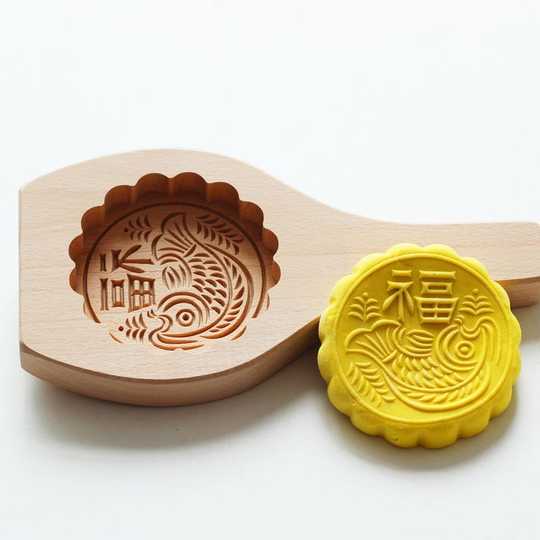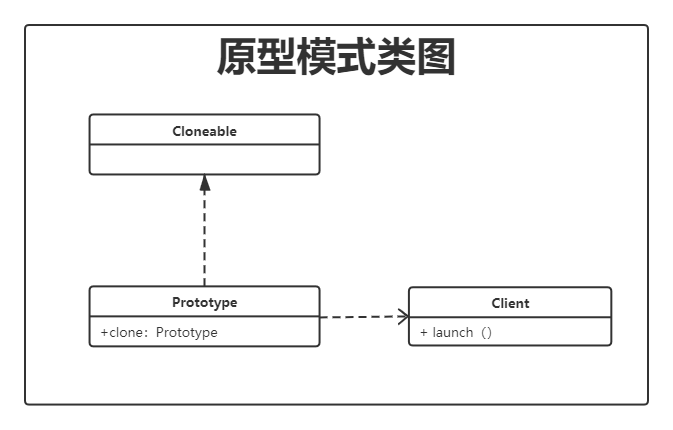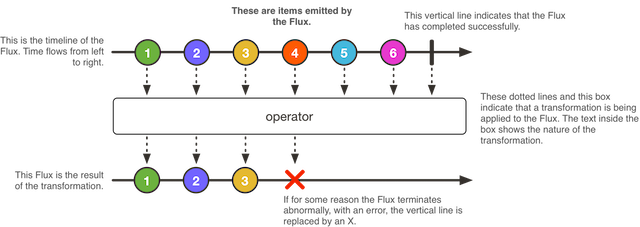原型模式(Prototype Pattern)

原型模式 🎭
用一个已经创建的实例作为原型,通过复制该原型对象来创建一个和原型相同或相似的新对象。

月饼?盗文章? 🤔
每年中秋节的时候,大家都会吃到自己心仪口味的样式各异的月饼,但是他是怎么生产出来的呢,我猜它应该是有一个模板,比如花边图案的月饼

他会创造出来一个月饼原型,当你想吃五仁的时候,就把里面的馅改成五仁的,当你想吃蛋黄的(自己准备鸡蛋),就把馅改成蛋黄的,这样做不仅提高了生产效率,而且还节省了一部分再创建一个月饼的时间。
==再比如说可恶的盗图、盗文章、盗视频的人,他们把原创内容拿回去改个名字,去掉水印,随便改改内容,就成了自己的了!?==

上面说的两个案例的行为都是在节省了创建时间,同时达到了自己的一些目的。而这在设计模式中,就叫做原型模式,为了解决一个对象的创建而出现的一种设计模式,归类在了创建型模式中。
注意:在行为型模式中有着与之类似的一种模式——模版方法模式,是为了制定解决一件事情中的一系列操作约束而存在的一种模式,二者的区别在于,原型模式用于对象创建,模板方法模式用于事件行为约束。
原型模式类图 📌

来看代码 📃
完整代码及单元测试结果点击查看 https://github.com/lvgocc/java-design-patterns/tree/main/prototype
java 的 JDK 中,提供一个标识接口 Cloneable ,我们将需要定义成原型的类实现这个接口就可以完成复制了。
通过 cloneable 接口实现原型模式
public class Graphics implements Cloneable {
private final String color;
private final String shape;
public Graphics(String color, String shape) {
this.color = color;
this.shape = shape;
}
@Override
protected Graphics clone() throws CloneNotSupportedException {
return (Graphics) super.clone();
}
..... set/get/toString
}
在上面的例子中,类中的对象类型都是基本类型,如果出现引用类型的时候,就会引发一个问题“浅克隆”,这会导致我们克隆出来的类会受原型中引用的类型影响,那我们如何才能规避这个问题做到“深克隆”呢?
浅克隆?🎭 深克隆?🎎
浅、深指的是对对象的占有权利。比如我借给你一个手机,那你只能使用这个手机里现有的东西,我如果删除了一个软件,那你自然也就没有这个软件了。假如我送给你一个手机,那你就可以随便的使用,不用担心我会做什么了,因为这个手机就是你的了。
那在 java 代码中,我们怎么理解浅克隆🎭 、深克隆🎎 呢?
实现了 cloneable 接口,可以克隆一个区别于当前对象的另外一个新的对象,但对于对象中的引用,却不能进行克隆,你虽得到了他的人,但你却得不到他的心,如果想要得到他的心怎么办?拿钱砸他!非也,你只要把他的心也克隆一份就可以了。但是前提是他的心允许克隆(实现了 cloneable 接口)。
浅克隆代码
public class Graphics implements Cloneable {
private final String color;
private final String shape;
// 引用类型没有实现 cloneable 接口
private final Size size;
public Graphics(String color, String shape, Size size) {
this.color = color;
this.shape = shape;
this.size = size;
}
@Override
protected Graphics clone() throws CloneNotSupportedException {
return (Graphics) super.clone();
}
}
引用类型没有实现 cloneable 接口
// 引用类型没有实现 cloneable 接口
public class Size {
public int width;
public int height;
public Size(int width, int height) {
this.width = width;
this.height = height;
}
@Override
public String toString() {
return "Size(" + width + ", " + height + ")";
}
}
测试结果
class GraphicsTest {
@Test
void graphicsTest() throws CloneNotSupportedException {
Size size = new Size(1, 2);
Graphics graphics = new Graphics("red", "circular", size);
Graphics clone = graphics.clone();
size.height = 3;
size.width = 5;
System.out.println("graphics = " + graphics);
// 判断两个对象是否不同
Assertions.assertNotSame(graphics, clone);
clone.setColor("blue");
clone.setShape("square");
System.out.println("clone = " + clone);
}
}
注意此时的引用对象 size 的值
修改引用类型内容导致 clone 类的内容也跟着发生了变化
graphics = Graphics[color='red', shape='circular', size=Size(5, 3)]
clone = Graphics[color='blue', shape='square', size=Size(5, 3)]
深克隆:引用类型也实现 Cloneable 接口
// 引用类型实现了 cloneable 接口
public class Size implements Cloneable {
public int width;
public int height;
public Size(int width, int height) {
this.width = width;
this.height = height;
}
@Override
protected Size clone() throws CloneNotSupportedException {
return (Size) super.clone();
}
@Override
public String toString() {
return "Size(" + width + ", " + height + ")";
}
}
在原型类中调整 clone 方法
@Override
protected Graphics clone() throws CloneNotSupportedException {
Graphics clone = (Graphics) super.clone();
clone.size = size.clone();
return clone;
}
测试结果
class GraphicsTest {
@Test
void graphicsTest() throws CloneNotSupportedException {
Size size = new Size(1, 2);
Graphics graphics = new Graphics("red", "circular", size);
Graphics clone = graphics.clone();
// 修改引用类型内容
size.height = 3;
size.width = 5;
System.out.println("graphics = " + graphics);
// 判断两个对象是否不同
Assertions.assertNotSame(graphics, clone);
clone.setColor("blue");
clone.setShape("square");
System.out.println("clone = " + clone);
}
}
注意此时的引用对象 size 的值
graphics = Graphics[color='red', shape='circular', size=Size(5, 3)]
clone = Graphics[color='blue', shape='square', size=Size(1, 2)]
完整代码 https://github.com/lvgocc/java-design-patterns/tree/main/prototype
原型模式自身有什么优势和问题呢? 🤔
优势:
- JDK 的 cloneable 接口是基于内存数据的直接复制,速度相较于 new 关键字创建对象更加快速;同时简化了创建过程(不会执行构造方法)。
- 通过深克隆来保存一个对象某一时刻的状态,便于还原,实现撤销操作;
问题:
- 需要为每个类重写 #clone 方法;
- 深克隆需要将每个对象都维护一个 cloneable 接口;
- 构造方法中的代码不会执行;
总结
当我们需要频繁使用一些类似的对象的时候,可以考虑使用原型模式来降低资源的开销,使资源得到合理的分配和使用。而对于原型模式的深克隆带来的弊端,就显得那么的不重要了。
- 类似的对象使用频繁,考虑原型模式
- 深克隆时注意类中的引用类型是否实现了 cloneable 接口
- 注意构造函数中是否有必要代码要执行,可以考虑放到 #clone 方法中执行
其他设计模式:点击查看







